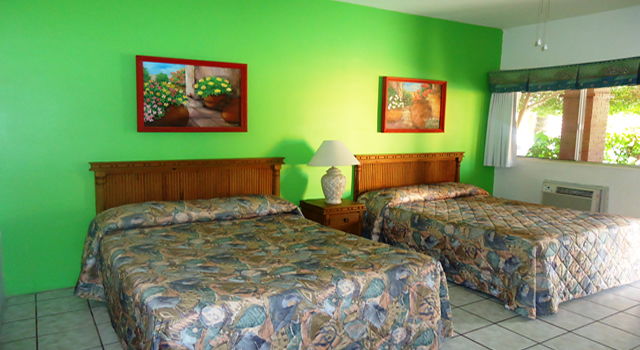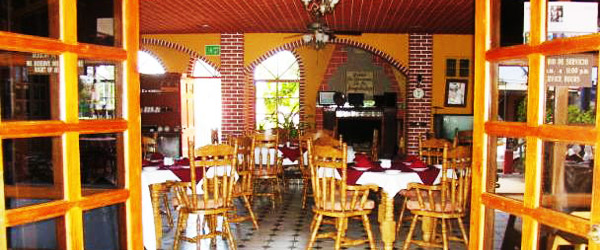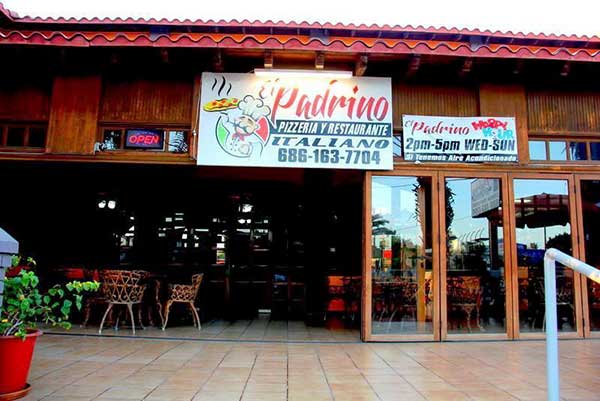(+52) 6865770484
reservacioneshlr@doradoranch.com.mx

La Hacienda de la Langosta Roja
The Red Lobster Hotel
Menu

La Hacienda de la Langosta Roja is a family hotel, if you want to have a relaxing vacation, a clean and comfortable room with friendly service and quality La Hacienda de la Langosta Roja is your best option.
We are located in downtown San Felipe just 2 small blocks from the beach and the curios shops.
Our Guest Rooms.






EL PADRINO PIZZERIA AND
ITALIAN RESTAURANT
AUTHENTIC ITALIAN FOOD
San Felipe has a large varieties of activities for all interests from sporting activities to fishing to off road vehicle tours. San Felipe is a rapidly growing vacation spot and with its close proximity to the U.S. and it unending days of sunshine, San Felipe is a perfect vacation place.
ACTIVITIES.
Calz. Chetumal #125, Segunda Seccion 21850
San Felipe, San Felípe, B.C.
(+52) 6865770484